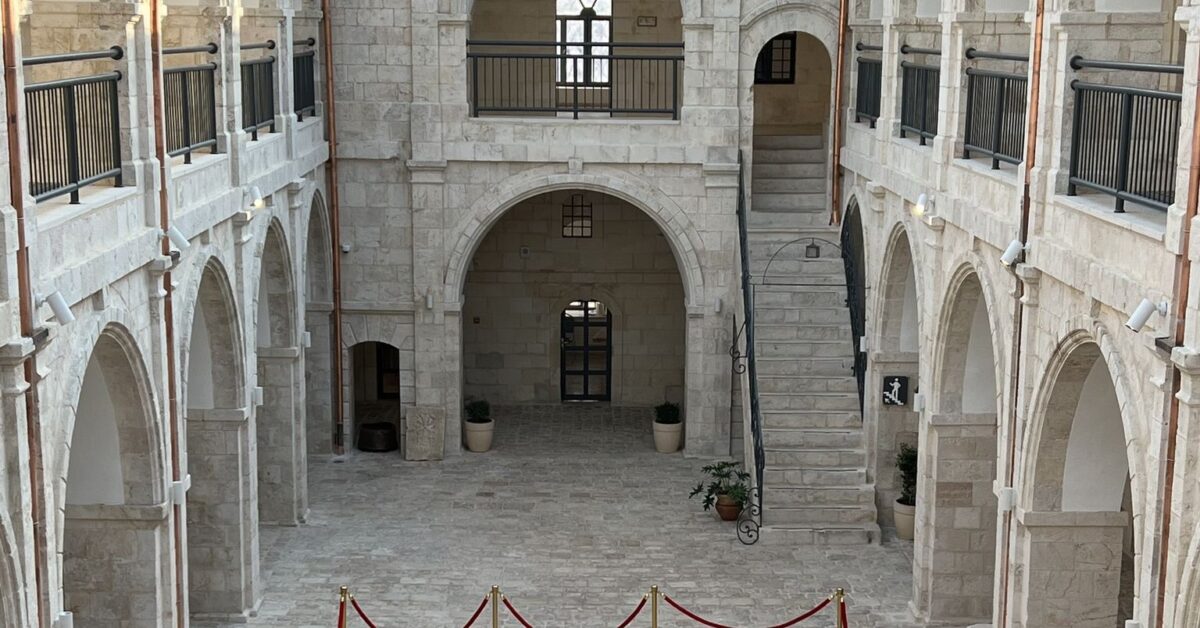Armenian Museum in Jerusalem’s Old City reopens amid Holy Land conflict

The Jerusalem Old City’s recently reopened Edward and Helen Mardigian Armenian Museum seeks to preserve 1,700 years of Armenian presence in the Holy Land.
According to the National Catholic Register, originally a monastery and theological center for Armenian priests, in 1922, the museum’s large stone building was transformed into an orphanage for 600 Armenian children and teenagers who had survived the genocide. Today, the children’s etchings can still be found on a wall, and one room of the museum displays the names of every refugee child who once lived there.
“The children and grandchildren of those orphans come to the museum and are so happy to see a tangible record of their family,” Tzoghig Karakashian, the museum’s general manager, told NC Register during a private tour.
When the building was no longer needed as an orphanage, it was turned into a museum to house the many artifacts related to Armenian life.
Before its renovation in late 2022, the museum “was dark and old and strangely weird,” Karakashian said. Now revitalized, thanks to funding from the Edward and Helen Mardigian Foundation, she noted it is modern and bright; sunlight streams through the triangular glass roof, which was inspired by the Louvre.
Upon entering the museum, visitors encounter a gorgeous sixth-century mosaic floor depicting vines, many species of birds and the “Tree of Life,” a popular theme in Christian and Armenian art. It bears the inscription: “This mosaic is dedicated to the memory and salvation of all Armenians whose names God knows.”
A local Muslim family discovered the 13-foot-by-21-foot mosaic, a remnant of an ancient Armenian church, in 1894 while digging their future home’s foundation.
Unfortunately, due to the war that has ensued since the Oct. 7 Hamas attack, there are few tourists. This has negatively affected the museum.
“On Oct. 7, 150 visitors, Jews and Arabs from Israel, were scheduled to visit,” Karakashian said. “When they hadn’t arrived by 11 a.m., we knew they had canceled.”
That morning, Hamas launched hundreds of rockets toward Israel. The museum, which closed its doors for all except private groups from that day forward, reopened July 2 and now has regular visiting hours — though this could change if the war intensifies.

Comments are closed.